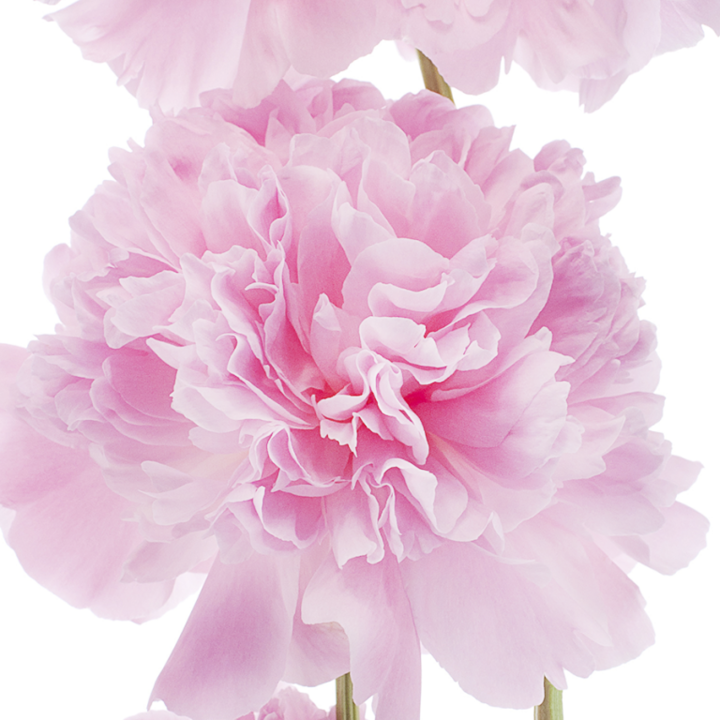
Carnations are flowers for all those born in the month of January.
With its delicate and durable flower, the carnation – scientifically known as the Dianthus caryophyllus is full of history and tradition.
With its scientific name translating to ‘flower of love’ and ‘flower of the gods’ (depending on translation) it has been loved and used for centuries around the world. Carnation is one of the oldest flowers on earth and is most loved due to its cloves like scent and ruffled appearance.
The history of the carnation dates all the way back to the ancient Greek and Roman times when it was originally used for art. However, many Christians believe that the first carnation grew on the earth when the Virgin Mary wept her first tear when her son Jesus was carrying the cross to his crucifixion.
During these times, the flowers often grew in pale pink and peach colours – since, the number of colours available has grown significantly.
Whilst the flower has witnessed great changes in the world since its birth – the popularity of the flower has remained.
Beliefs and symbolism
The carnation is used and worn around the world to encourage different meanings, beliefs, and symbols.
The carnation is often worn by the UK’s Oxford University students during their examinations. The color white is worn during their first exam and red on their last (pink is used throughout the other exams).
The flower is also the symbol for the Portuguese Carnation Revolution and is the cultural flower of the community of the Balearic Islands.
Both pink and red colored carnations are worn throughout Korea in order to demonstrate love and affection during Parents Day – a national holiday. Whilst white carnations are worn by those to honor their parents who have died or are far away.
The purple carnation is also the national funeral flower in France whilst the green carnation is warned in the UK and Ireland on St Patrick’s day.
More interesting information
Believe it or not, in some cultures and countries around the world, the carnation is thought of as bad luck – especially in France.
The flower is also used in Korea to tell the fortune of a young girl. Three carnations are placed into a young girl’s hair – if the bottom one dies first she will have an extremely hard life. However, if the top one dies first then the girl will suffer during the end of her life – if the middle flower dies, her bad luck will only last until the end of her youth.
Due to the carnation meaning gratitude, admiration and love – many choose to gift them on National Teachers Day around the world.
Some carnations are extremely fragrant – especially those grown in Australia. Each colour of the carnation depicts a different emotion – hence why they are often used for Mother’s Day and weddings.
The Mother’s Day flower
The carnation is more famously known as the Mother’s Day flower. Ann Jarvis – the founder of Mother’s Day decided that the carnation should be used to represent this day in 1907 by sending 500 white carnation flowers to the West Virginia church for mothers to wear. The reason Ann Jarvis believed the carnation was the ideal choice was that it was her mother’s favorite flower – she chose white due to the color symbolizing the virtues of motherhood.
However, nowadays the carnation is not just used for the celebration of Mother’s Day – due to its versatility and range of colours, the flower is a florist favourite. Due to the carnations ability to have its petals tinted, it is often used for many weddings and celebrations.
Pink and red carnations do tend to be more popular than the other colours widely available. Yellow, purple and scarlet colored carnations are often used in a mixed bouquet.
Carnations vary in their meaning depending on the colour chosen:
·Pink – ‘I will never forget you’
·Red – ‘My heart aches for you’
·Purple – Demonstrates capriciousness.
·White – Means ‘sweet and lovely’ hence its use during Mother’s Day.
·Yellow – ‘You have disappointed me’
·Mini carnations mean love and yearning.
Edible flowers
Today, edible flowers are something associated with fine dining and have become increasingly popular. The carnation is considered as an edible flower. The petals of a carnation have been used to make the French liqueur Chartreuse since the 17th century. They are also a popular option when it comes to decorating cakes and flavoring salads.
To this day carnations remain one of the most popular flowers and possess a charm that captivates people and can be used for a variety of occasions. The carnation expresses positive and powerful sentiments that compliment the beauty of the flower.
Due to its historical meaning, the carnation has proven its ability to stand the test of time.